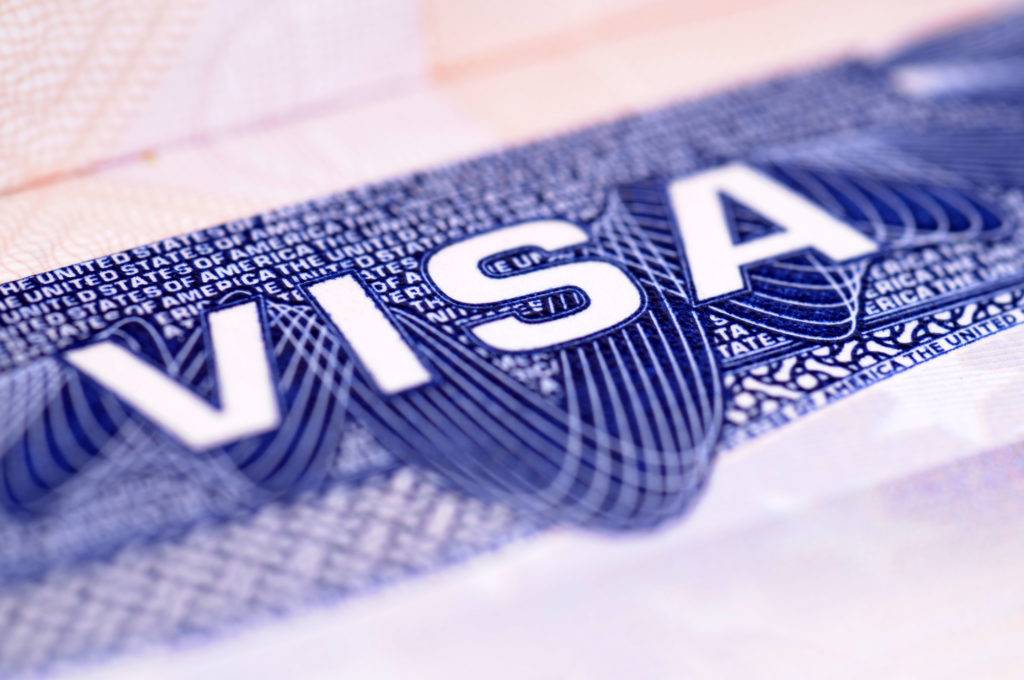
By: Gladys Gervacio and Jagminder Matharu
A new Department of Labor (DOL) interim final rule (IFR) will require that employers pay a much higher minimum prevailing wage for H-1B, PERM, E-3, and H-1B1 workers. The rule will be published and effective on October 8, 2020, but it will likely face legal challenges.
This new regulation is a companion to the Department of Homeland Security’s regulation that will restrict eligibility standards for H-1B workers and impose new requirements for third-party worksite placements.
DOL determines prevailing wages using data from Occupational Employment Statistics (OES). Prevailing wages are the average wages paid to similarly employed workers in a specific occupation, in a geographic area, within a specific area of intended employment. Prevailing wages are divided into four wage levels ranging from entry-level to experienced, based on a position's requirements and duties. Employers must pay H-1B, E-3, H-1B1, and employment-based green card workers a minimum of the prevailing wage.
Under the new rule, DOL seeks to dramatically increase minimum prevailing wages for all wage levels. Employers can continue to use alternative wage sources for labor condition applications (LCA) and PERM applications, instead of prevailing wage data.
New prevailing wage levels include:
H-1B LCAs filed on or after October 8, 2020 will be subject to the new higher prevailing wage minimums. LCAs already filed and pending before October 8, 2020 will benefit from the lower prevailing wage levels.
Prevailing wage determinations issued for PERMS on or after October 8, 2020, or pending on October 8, will be calculated using the new prevailing wage structure. PERM prevailing wage determinations issued before October 8, 2020 will benefit from the prior prevailing wage structure.
Legal challenges are likely for the DOL rule, given that it was issued with immediate effect, without advance notice or an opportunity for public comment, or economic impact analysis. The Chugh, LLP team will closely monitor the development of this rule and provide updates as soon as they are available.

© 2025 Chugh LLP Affiliate Network. All Rights Reserved